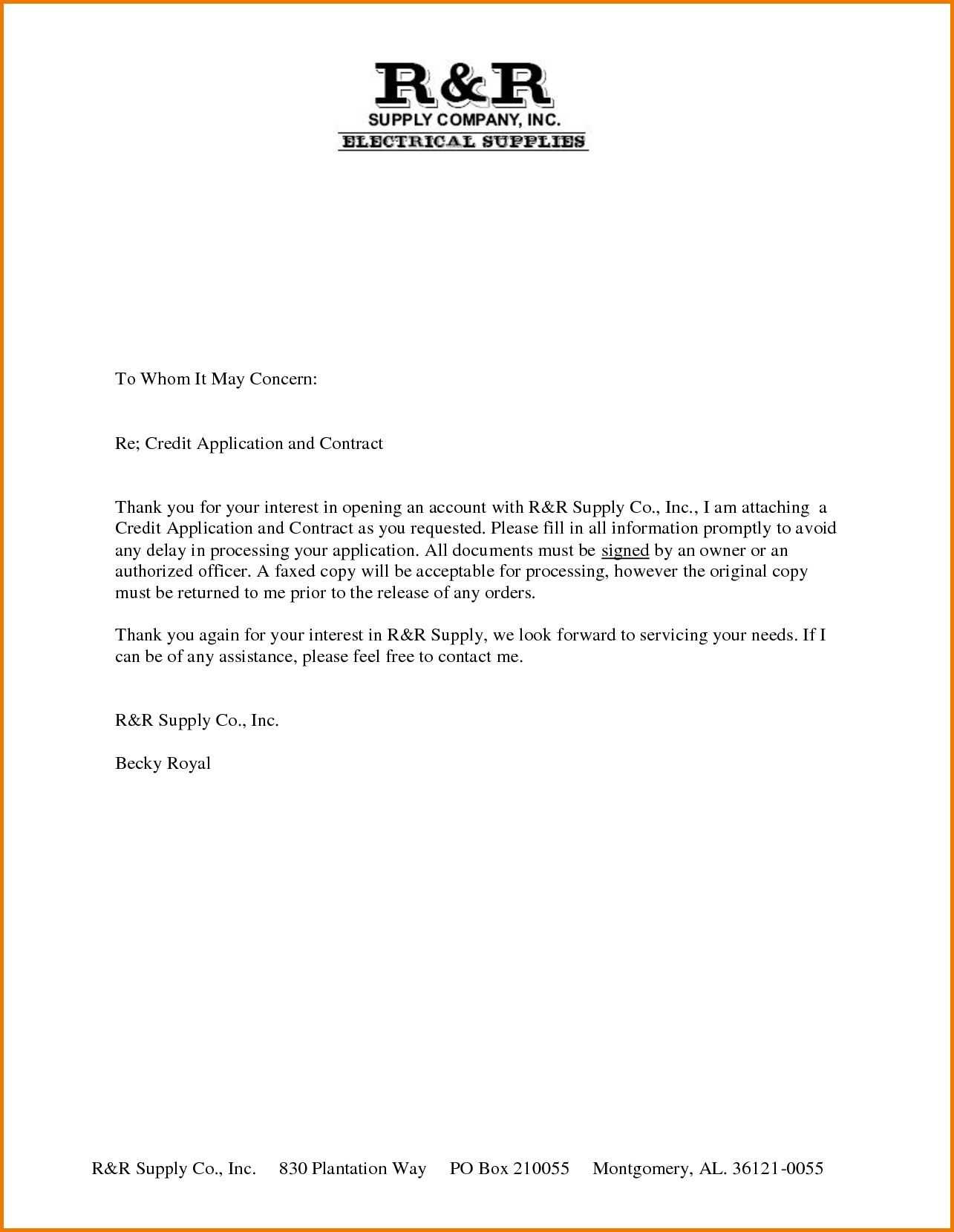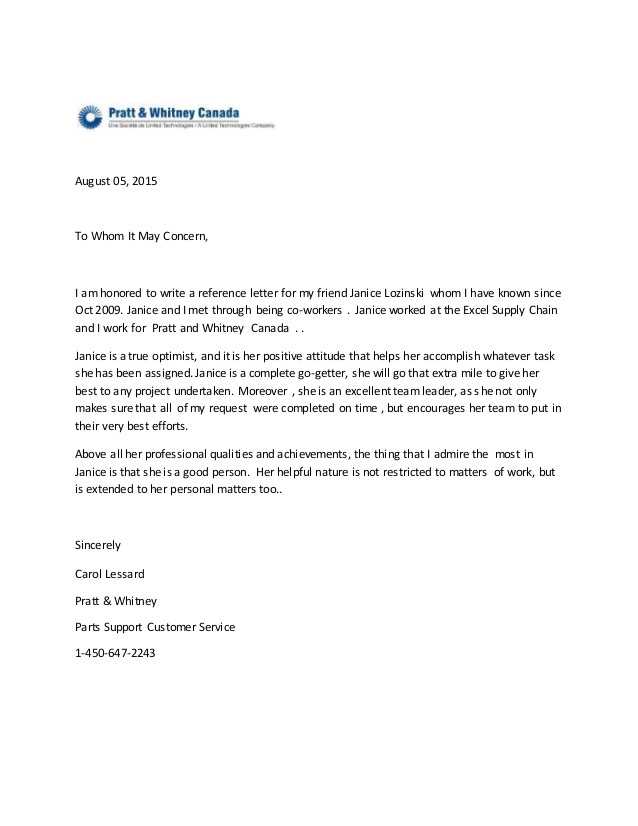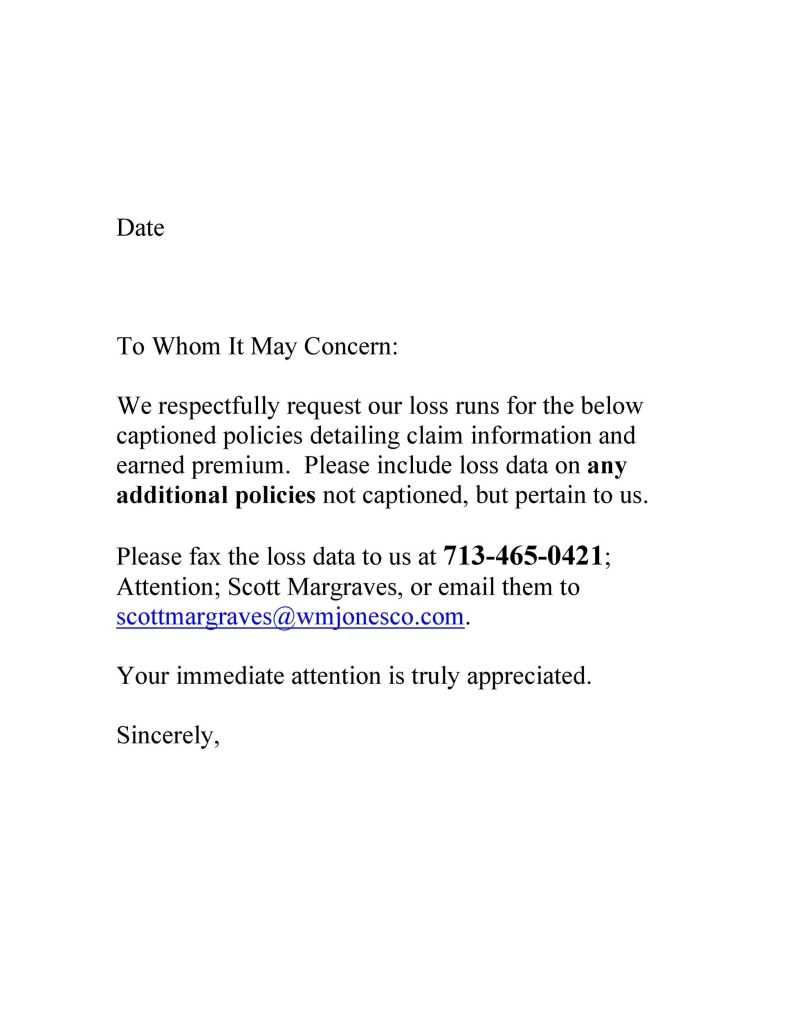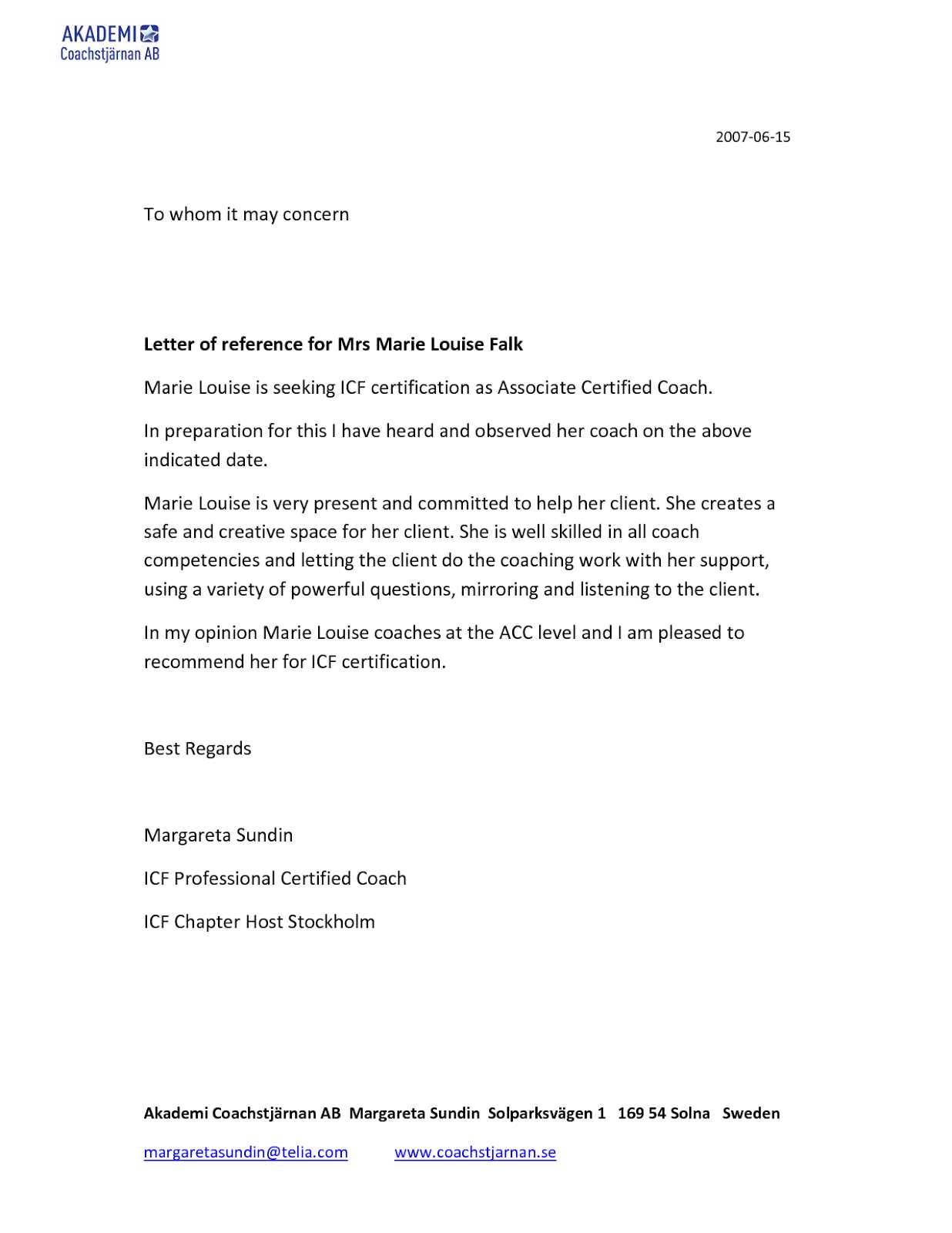How to Write a Letter to Whom It May Concern Using a Template

In formal communication, sometimes you need to reach out to a person or organization without knowing their exact name or title. This can happen in various situations, such as applying for jobs or making general inquiries. The key is to craft a message that is respectful, clear, and to the point, ensuring that your intentions are conveyed properly.
Understanding the proper structure for such communication is crucial. It’s not just about the words you use, but also about how you format and present them. By following a few simple guidelines, you can ensure your message makes a professional impression and serves its purpose effectively.
Key components include addressing the recipient appropriately, maintaining a formal tone, and focusing on clarity. Whether it’s a professional inquiry or an official request, these elements will help guide your correspondence to success.
Understanding the Purpose of This Letter
In professional communication, it is sometimes necessary to address an individual or entity when their specific identity is unknown. This type of correspondence is essential for maintaining a formal and respectful approach while ensuring your message reaches the right audience.
The primary goal of such communication is to convey your message clearly and effectively, regardless of the recipient’s title or role. This approach ensures that your communication remains both professional and appropriate, even in situations where direct contact details are unavailable.
Such documents are often used in scenarios like job applications, official inquiries, or when seeking general information from an organization. The purpose is to establish a respectful tone and encourage a response, ensuring that the intent of your message is understood and acted upon.
Key Elements to Include in the Template
When creating a formal communication intended for an unknown recipient, it’s important to ensure that certain components are present to maintain professionalism and clarity. These essential elements help structure the message effectively, increasing the chances of a positive response.
Proper Structure and Tone
First, the format should remain clear and straightforward. Start with a formal salutation, followed by an introduction that briefly explains the purpose of your communication. The body should outline your request or message in a direct yet respectful manner, and the conclusion should end with a call to action or a polite closing.
Clear and Concise Content
Focus on making your message easily understandable. Avoid unnecessary complexity and ensure that each point is addressed clearly. Whether you’re inquiring about a position, service, or information, making your purpose evident will help ensure that the recipient understands your intent immediately.
| Component | Description |
|---|---|
| Introduction | Briefly state the reason for your communication. |
| Body | Clearly present your main points or requests. |
| Conclusion | End with a polite request or statement inviting a response. |
| Sign-Off | Conclude with a formal closing, such as “Sincerely” or “Best regards.” |
When to Use a Letter of This Kind
There are several situations in which reaching out to an unspecified recipient is necessary. Knowing when to use this form of communication ensures that it is both appropriate and effective, helping you achieve your goals without unnecessary delays.
Common Scenarios for Using This Approach
- Job Applications: When applying for a position without a specific contact person.
- General Inquiries: For requesting information from a company or organization without knowing the exact department or individual responsible.
- Official Requests: When seeking approvals or information from a public institution or government agency.
- Professional Networking: If you’re reaching out to introduce yourself or seek connections without a known recipient.
Appropriate Timing and Context

Using this style of communication is most appropriate when:
- You cannot find a specific name or title for the recipient.
- The message needs to be formal and professional, regardless of the audience.
- It is important to establish a respectful tone while leaving room for flexibility in addressing the recipient.
How to Format Your Communication Properly
Proper formatting is essential when preparing a formal message for an unknown recipient. A well-structured approach ensures that your communication is both professional and easy to read, leaving a positive impression on the recipient.
Start with a Professional Salutation
Begin your message with a respectful greeting. Even though the recipient’s identity may not be clear, using a general salutation such as “To whom it may concern” or “Dear Sir/Madam” maintains formality. Ensure that this initial phrase is followed by a polite introduction of your purpose.
Maintain a Clear Structure Throughout
The body of your message should be concise and divided into clear sections. Each paragraph should focus on a specific point, with a logical flow from one to the next. The tone should remain formal, avoiding casual language. Finally, close with a polite sign-off, such as “Sincerely” or “Kind regards,” to show respect and professionalism.
Common Mistakes to Avoid
When preparing formal communication for an unspecified recipient, there are several common errors that can diminish the professionalism of your message. Being mindful of these pitfalls ensures that your correspondence is clear, respectful, and well-received.
- Using Informal Language: Avoid casual expressions that could undermine the tone of professionalism. Maintain a formal and respectful style throughout.
- Overloading with Information: Stick to the essential points. Providing too much detail may confuse or overwhelm the reader.
- Neglecting the Closing: A proper sign-off is important. Failing to include a courteous closing, such as “Best regards” or “Sincerely,” can appear dismissive.
- Omitting Contact Information: Always ensure that your contact details are clear and easy to find. Leaving this out may cause unnecessary delays in response.
- Using a Generic Tone: While you may not know the recipient’s name, try to personalize your message in a way that aligns with your specific purpose rather than sounding overly generic.
Tips for Polishing Your Final Draft

Once you have completed your communication, it’s important to review and refine it to ensure it meets professional standards. Polishing your final draft can help you present your message clearly and leave a strong impression on the recipient.
Check for Clarity and Brevity
Ensure that your message is easy to understand and free from unnecessary jargon. Keep your sentences short and focused, removing any irrelevant or redundant information. This will help the recipient quickly grasp your intent without confusion.
Proofread for Grammar and Spelling

Before sending your message, carefully proofread it for any spelling, grammar, or punctuation errors. Mistakes can detract from the professionalism of your communication. Reading your message aloud or using grammar-checking tools can help identify issues you may have missed.